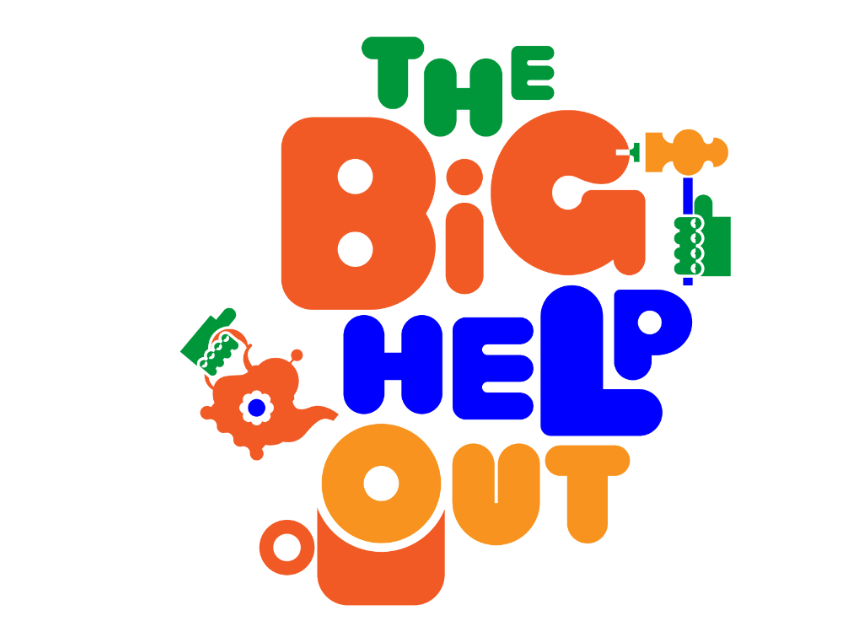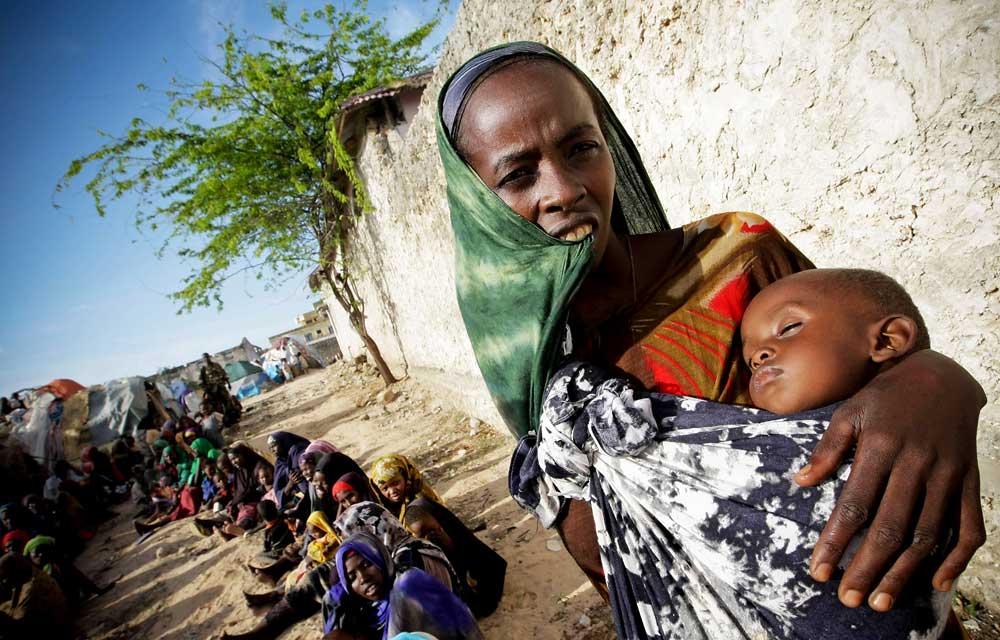'Pitiful’ imagery that depicts people from across the world suffering from illness and hardship are being used less frequently by charities in their advertising campaigning, research has found.
While analysis from 2011 to 2014 found just over a third of British advertising contained such imagery, by 2021 this had dropped to just over one in ten.
The research has been carried out by the University of East Anglia, which highlights how images of suffering and poverty used by international aid organisations “unwittingly reproduced colonial stereotypes” and reflect “inequalities” between countries.
It points out that such imagery of appeals to support communities in Africa “reiterates the colonial trope of blackness and poverty”.
“This continuous majority casting of African nations in the theatre of global development as recipients of humanitarian assistance, serves only to aid and abet the colonial notion of Africa as one huge ‘begging bowl’.”
“We are pleased that this project has provided evidence indicating an improvement in the representation of distant others” in charity fundraising advertising, says their report.
“On the whole, there is a marked difference in the organisation of cast and characters present in charity’s communications imagery and pitiful images are nearly entirely absent, while individuals are presented more as named than unnamed.”
'Overuse of villages'
However, concerns remain over the use of locations and people within imagery.
Researchers found that the “majority of photographs” have a similar theme.
“They are usually of children, or women and children, and depict rural areas and poverty. As a result, whole areas and regions of the world can become reduced to poor women and children living in unnamed rural places”, researchers found.
There is “a notable disparity between the settings of images showing female subjects as opposed to male”.
The rural settings “paint a picture of an Africa frozen in time, furthering the colonial notion of ‘Africa’ as one big village”, researchers add.
“The overuse of villages in charity communication to the exclusion of urban settings, constructs an Africa that continues to be backward and underdeveloped.”
‘White saviour’
A study by Blue State in 2021 found that young people were among those most likely to be put off by white saviour imagery in international aid charities’ fundraising promotion.
Instead, they called for more positive imagery of work that charities are funding abroad.
Two in five 25–34-year-olds selected positive images to donate to, compared to only around a quarter of those aged over 55.
Latest News
-
Government ‘slow to tweak’ consumer law to protect charities, MP warns
-
2025: The long-reads
-
City of Culture charity to be supported for further two years
-
Friday funding roundup - 19 December
-
King visits charity founder days before she dies to invest her as a Dame
-
2025: Most-read opinion, diaries, Q&As and more
Charity Times video Q&A: In conversation with Hilda Hayo, CEO of Dementia UK
Charity Times editor, Lauren Weymouth, is joined by Dementia UK CEO, Hilda Hayo to discuss why the charity receives such high workplace satisfaction results, what a positive working culture looks like and the importance of lived experience among staff. The pair talk about challenges facing the charity, the impact felt by the pandemic and how it's striving to overcome obstacles and continue to be a highly impactful organisation for anybody affected by dementia.
Charity Times Awards 2023
Mitigating risk and reducing claims

The cost-of-living crisis is impacting charities in a number of ways, including the risks they take. Endsleigh Insurance’s* senior risk management consultant Scott Crichton joins Charity Times to discuss the ramifications of prioritising certain types of risk over others, the financial implications risk can have if not managed properly, and tips for charities to help manage those risks.
* Coming soon… Howden, the new name for Endsleigh.
* Coming soon… Howden, the new name for Endsleigh.
Better Society

© 2021 Perspective Publishing Privacy & Cookies





.jpg)





Recent Stories